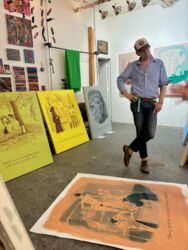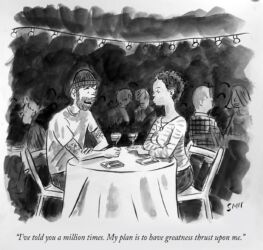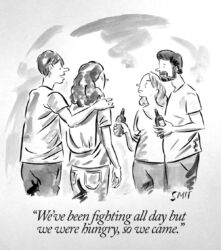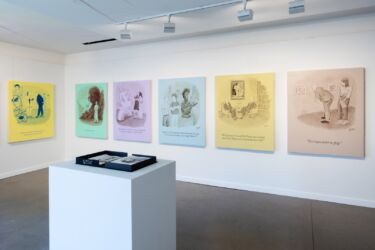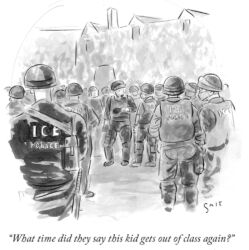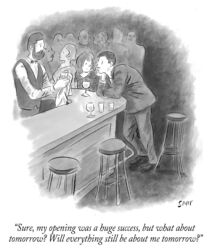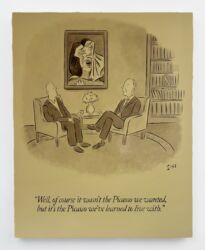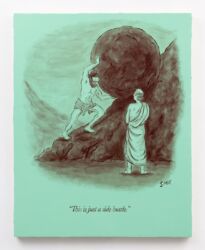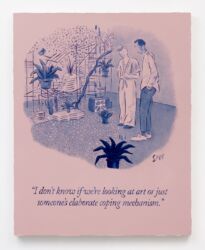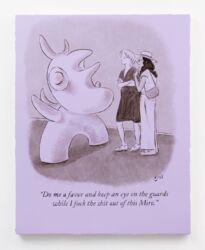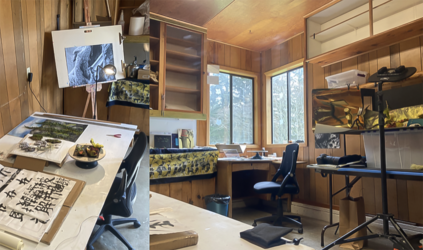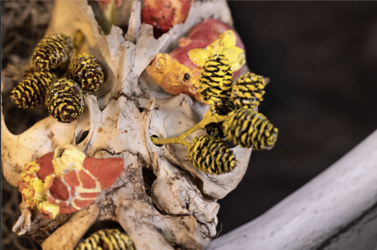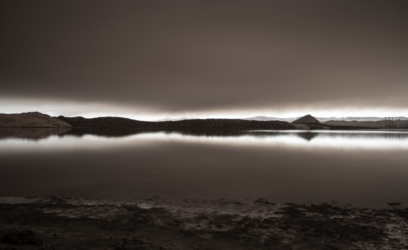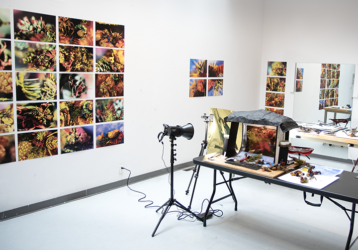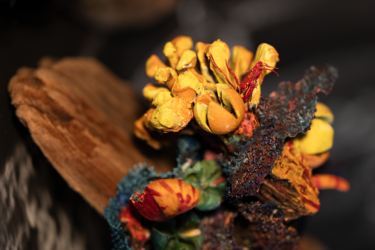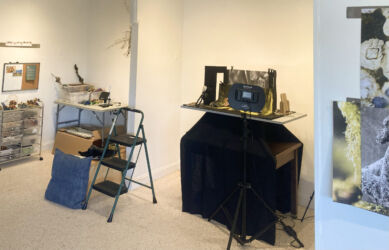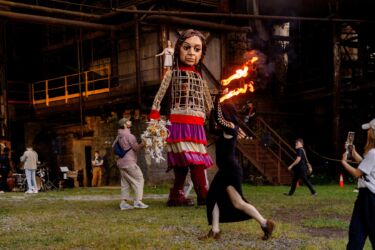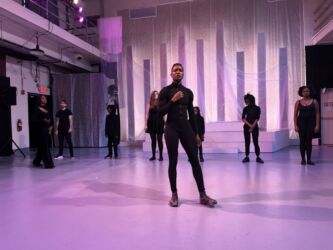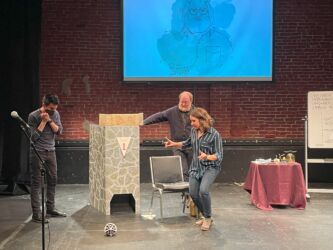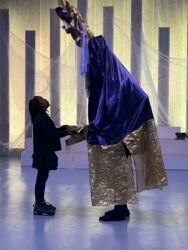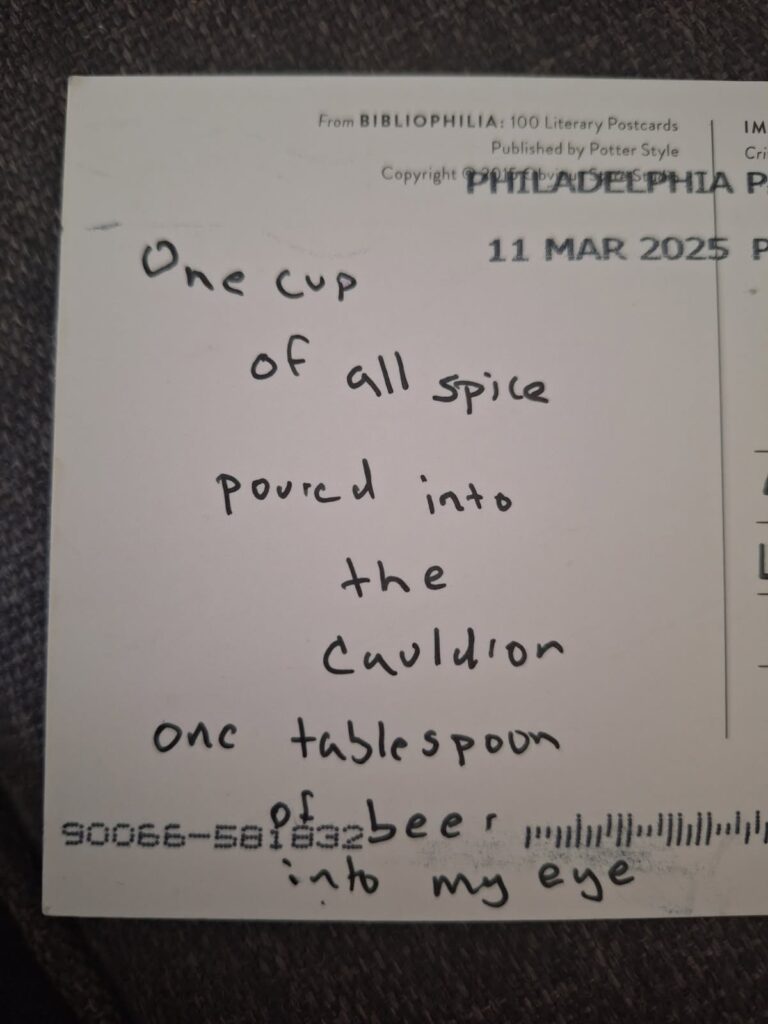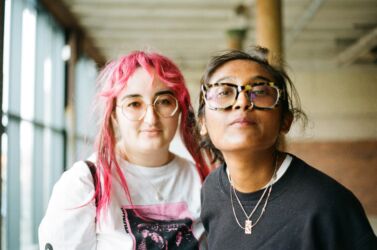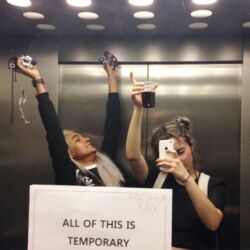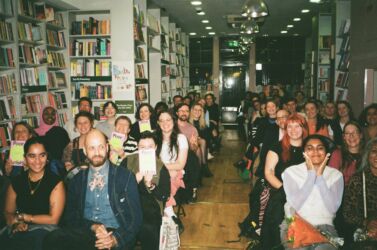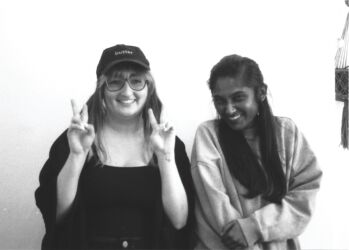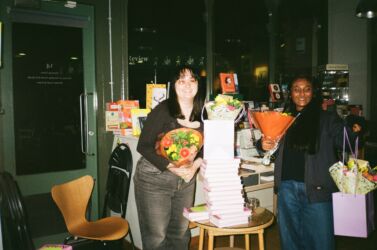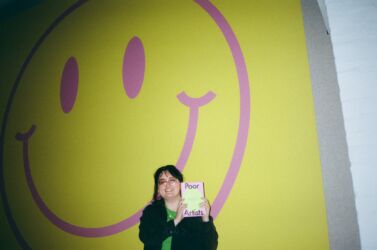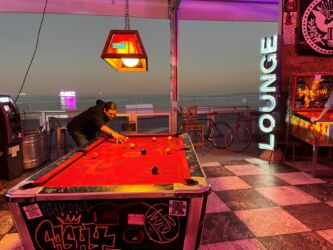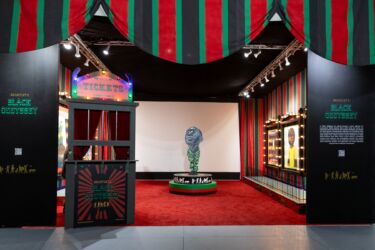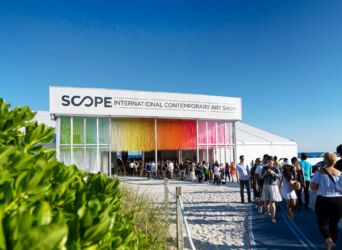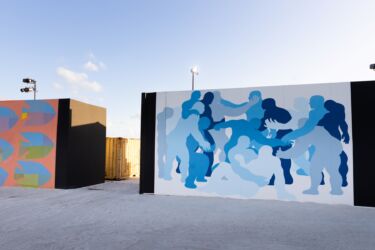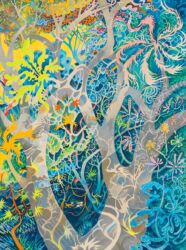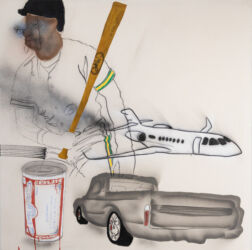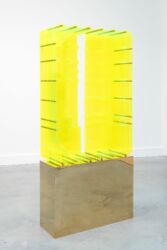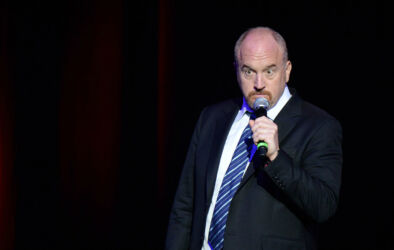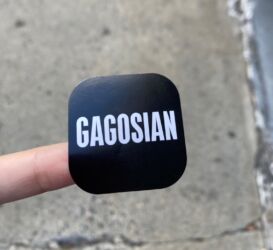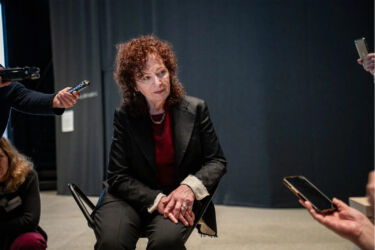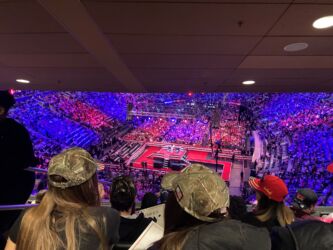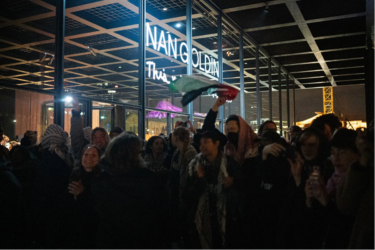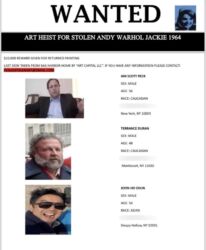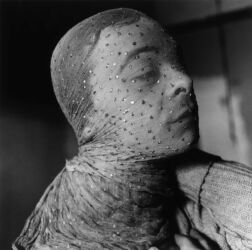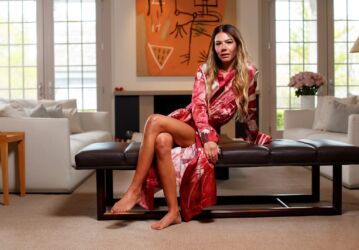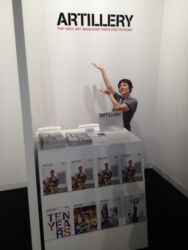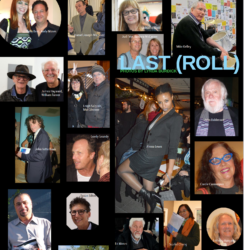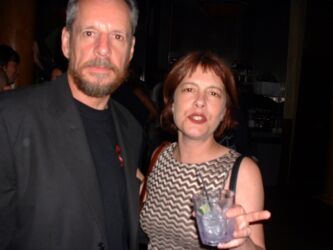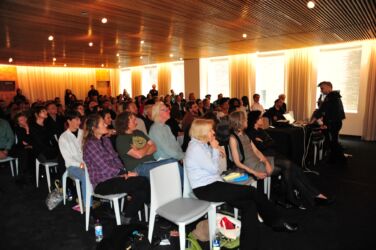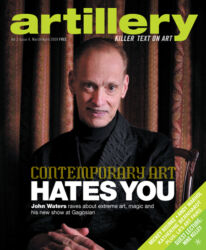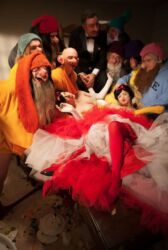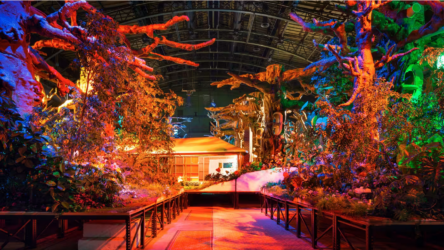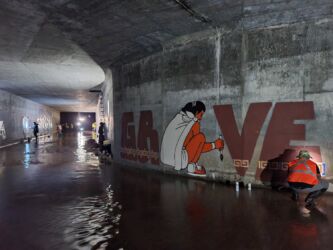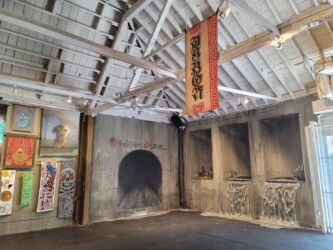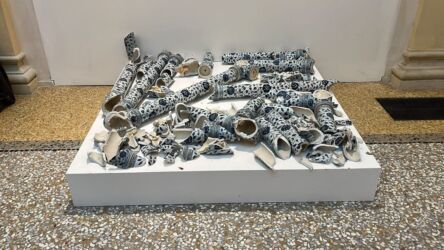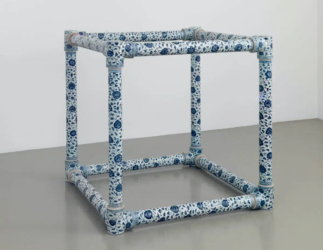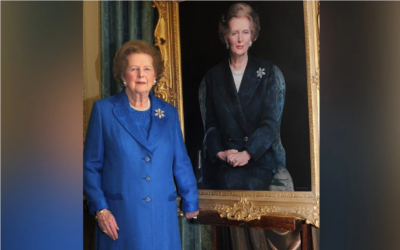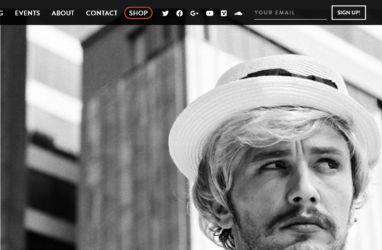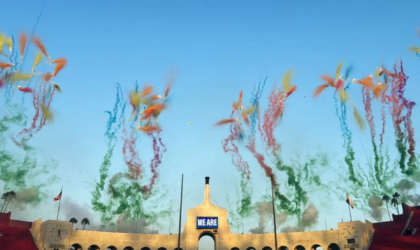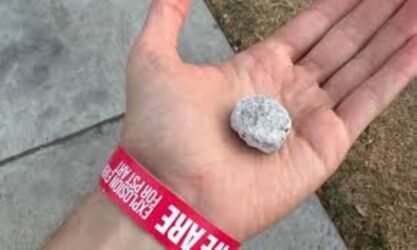Brooklyn-based artist and sometimes New Yorker magazine cartoonist Guy Richards Smit returns to the podcast eight years after his first visit to talk about:
His admitted high self-regard, paired with self-awareness, which we identify as being rare; our respective experiences and takes on artist blowhards; his history with cartooning, going back to his obsession with gag cartoons, going back to a New Yorker cartoon book he read at his grandparents’ house when he was a kid; how he started making his own gag cartoons; the steps he took to build his cartoon portfolio, leading to getting published in the New Yorker after a year and a half of submitting (which is much quicker than some); the cartoon he made for the New Yorker website, the ‘Daily,’ that went viral (receiving 1500 comments, not to mention other viral stats), including getting re-created in Turkish by a Turkish cartoonist; how he actually sees the cartoons as sketches for paintings (and gets quite painterly in the making of them); how about half of his cartoons are more insider-baseball-art cartoons, and the one he made that references one artist that he had in mind, although several reactions interpreted it as another artist, whom Guy actually heard from, wondering if it was about them.
In the 2nd half of our conversation, available to Patreon Supporters of the podcast, you’ll hear Guy talk about:
How the parameters for where art can come from have changed, and how humor in art is still held, especially in the U.S., as a bit off limits; how his desire to paint a rock led to his Sisyphus cartoon (every cartoonist wants to do a Sisyphus cartoon); his desire to make a put out cartoons that are beautiful, not really a quality that the cartoon editor, or even cartoon consumers, are necessarily looking for; why the New Yorker cartoonists haven’t been able to form a union, which is related to why there aren’t really any other high-profile venues for gag cartoons to be seen; how he didn’t have a gallery for 15 years, and was “forced to sell” his own work, using Instagram successfully for sales in the pre-algorithmic takeover era, when he got three to four times more engagement than he gets now (and thankfully for him he now doesn’t require sales thru IG as much); his new dealer, Adam Cohen, who opened the gallery A Hug from The Art World three years ago; and how wanting to draw a Miro sculpture led to one of his most popular and most responded to cartoons at the Independent art fair in NYC this past spring.
This podcast relies on listener support; please consider becoming a Patreon supporter of the podcast, for as little as $1/month, here: https://www.patreon.com/theconversationpod

